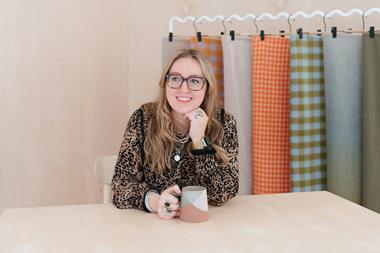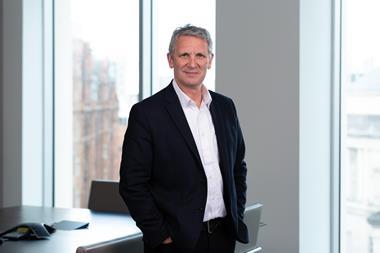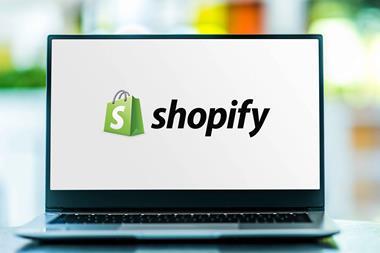Canopey’s founder Thomas Panton speaks to Retail Week about the launch of its sustainable marketplace, the ways it is eliminating greenwashing and its plans for reaching a varied consumer and retailer audience.

Launched in October of this year, Canopey was set up by former Greenpeace employee Panton in a bid to help consumers “buy better”. It brings together verified, sustainable products in one marketplace.
Alongside his two co-founders and two employees, Panton is raising awareness about the benefits of shopping ethically while calling out the brands accused of greenwashing.
The Canopey marketplace currently sells a range of green, eco-friendly products spanning cosmetics, cleaning, food, drink and clothing all based in the UK.
Just one month in, Panton talks to Retail Week about Canopey’s journey so far and how it is aiming to make a name for itself as a green marketplace.
Where did the idea for Canopey come from?
“At my last company, we were cleaning up consumer product waste at the end of festivals and events, and while standing in this field of plastic waste, we realised the solution was what we buy to begin with, the companies that are making those products and the accessibility to those companies.
“How we can facilitate the convenience to access them is more important than ever. That was the lightbulb moment for the creation of Canopey.
“This is something which consumers are calling for, but it’s not being done properly. Greenwashing is rife and there’s a huge opportunity here to provide a trustworthy and accessible platform where people can buy better without losing the convenience they’re used to.”
What was the process leading up to the launch?
“The first part of our journey was doing consumer research: going out and speaking to people, speaking to the brands on the other side about what was missing on their end.
“Following that, we knew what we wanted to build and we knew we needed money to build it. We raised half a million in investment. We ran a pre-product, pre-revenue, pre-launch crowdfunder during one of the hardest times to raise money during 2022.
“We got 340 people to back us and allow us to get the money to not only bring the product, but also spend time doing a period of testing and iterating on feedback to really make sure we were listening to the end user.”
How do you ensure brands selling on Canopey are actually sustainable?

“We essentially do all that work for the consumers. So the way that works for us is that any brand that wants to sell on Canopey will present its green claims.
“We may already be able to see their green claims on their own platforms or statements, but before they can even list their platforms on the marketplace, they have to provide hard primary evidence. That could be other certifications, accreditations or it could just be an audit that shows that breakdown through the supply chain.
“The point is that we want customers to be able to find those green claims which are trusted and verified, so they don’t buy a product that turns out not be what was promised.”
Are there any other tools on Canopey that will help shoppers?
“We have a unique, impact calculator that we built and own, where each product shows the carbon emissions, water waste and plastic waste that is saved when you buy that product compared to its mainstream alternative.
“Early on, we also built the shop-by-space feature which allows you to go room by room and see the different types of products that you could swap out for a more environmentally friendly or more ethical version. This then allows you to shop for those products that we stock.
“There’s always that question of price. The thing we hear all the time in the ethical consumer market is that it’s quite expensive to shop sustainably. But what’s really exciting for us is that because we’ve built in these educational features and data, we can demonstrate buying better, not best.
“Starting with small swaps, rather than entire household swaps, we can actually show the price and financial savings you make.”
What steps have you taken to raise awareness of Canopey and get your voices heard?
“I think for far too long companies have wanted to sit on the fence or only target the eco-warrior, but for us, it’s about raising awareness and educating people about what these bigger brands are saying, why that’s not true, and how you can actually buy from better brands which are doing great things.
“This includes guerilla marketing campaigns and getting out there on the street and talking to real people.
“It’s also about making really great community-led content, going out and getting our community involved, whether that’s the brands we work with or the people that we sell to. It’s bringing them in and allowing them to feel a part of Canopey.”


























No comments yet